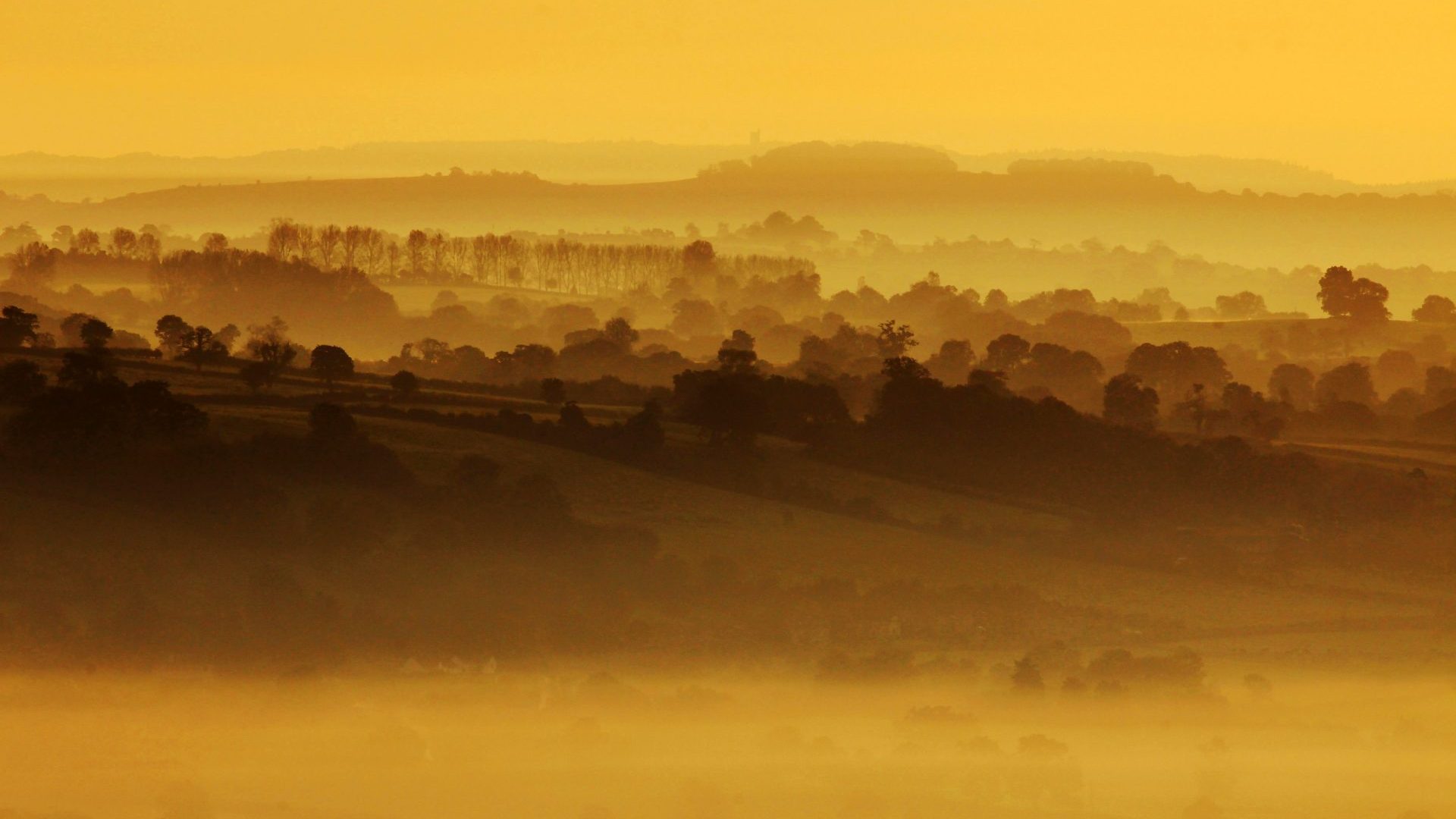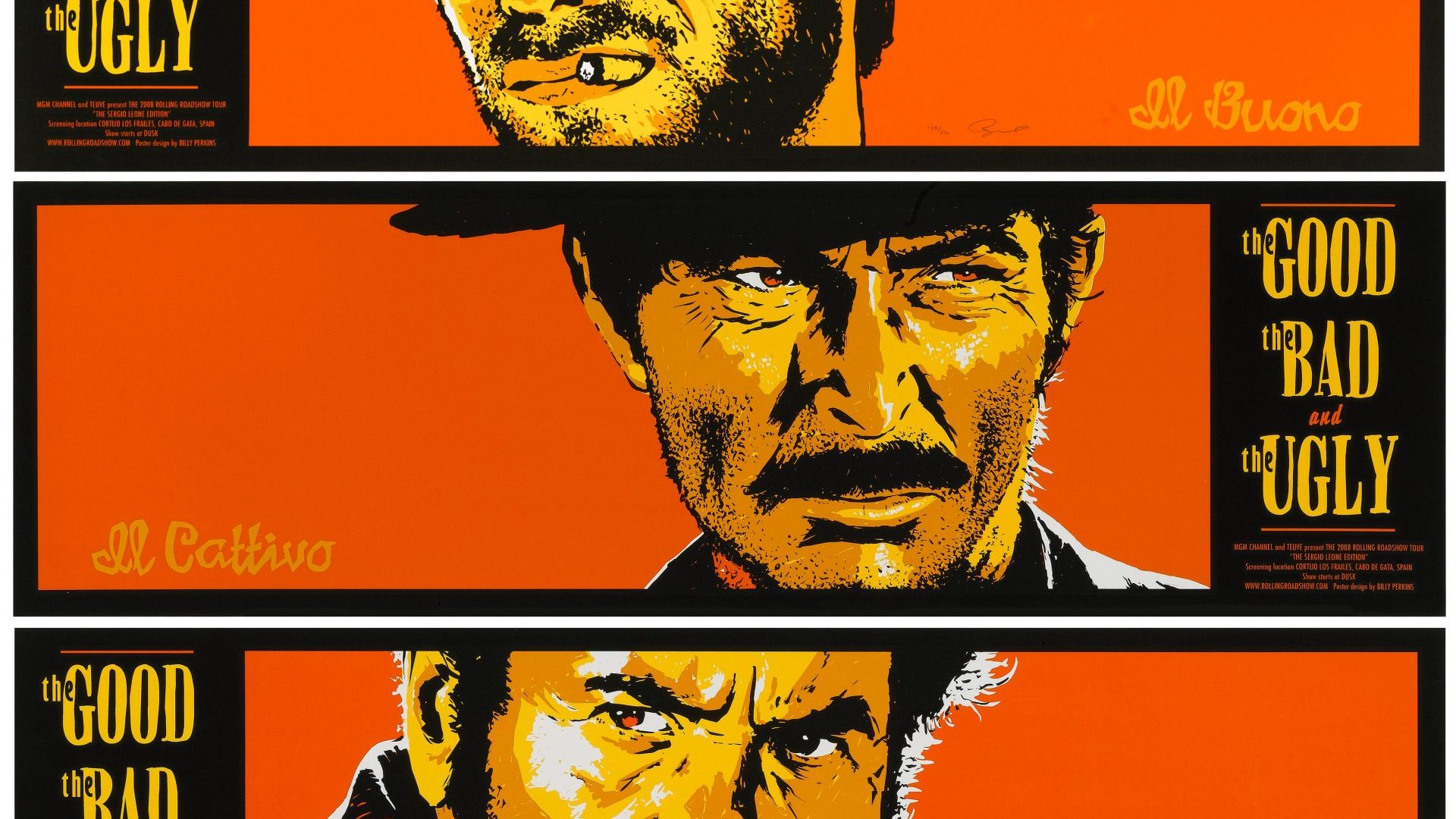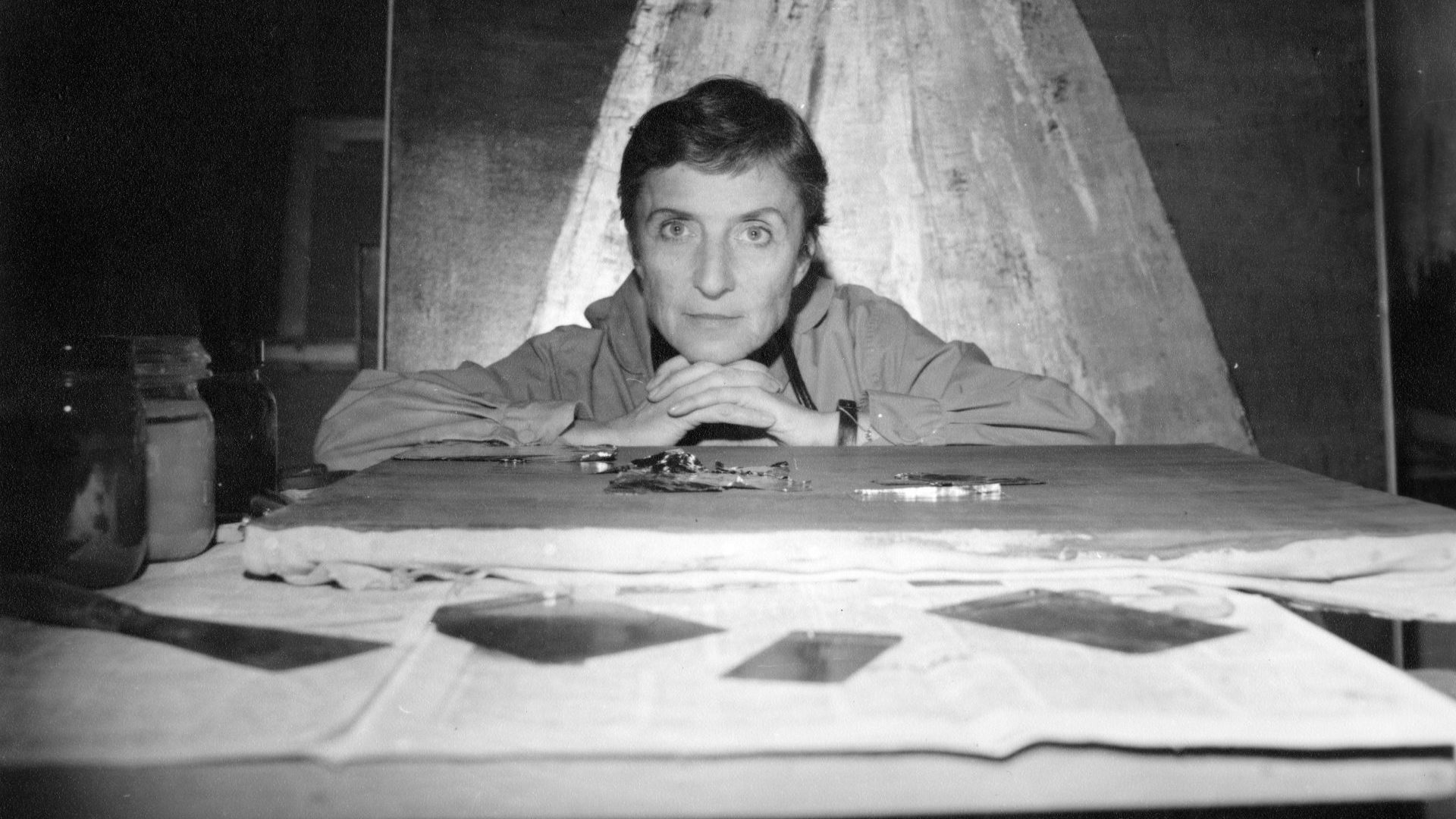According to the UK Meteorological Office, this week brings the official start of autumn, the equinox falling this Sunday, September 22. After that date the tilt in the earth’s rotational axis in relation to its orbit reduces the amount of light falling upon the northern hemisphere during each 24-hour period until the winter solstice on December 21 leads us back towards spring.
At least, that’s what astronomy says about the start of autumn. Poetry knows different.
It’s been a pretty grim summer up here in Scotland, gusting between autumnal and outright wintry since, well, since about April, to be honest. I barely expected to notice the passage into autumn this year, peering through the sheets of rain and into the near-permanent low cloud that has kept this part of the world monochrome, but a couple of weeks ago I spotted a few trees beginning to turn, burnished yellow spattering some outer leaves. Otherwise I was sensing no noticeable change in weather, landscape or atmosphere.
Then, last Saturday, it happened.
Having got up early and noticed that for once it wasn’t raining, I made a mug of tea, went outside and sat looking across the loch to the hills beyond. The sun had risen but not yet crested them. Instead it was teasing some little clouds that flushed pink at their fringes then rusted to orange ahead of the first rays flinging themselves skyward from behind the ridge.
The moment the sun began to heave itself into view was when I knew I was watching autumn arrive. The air around me turned a deep, buttery yellow and as the morning changed colour I sensed the fragrances of summer giving way to an earthier musk. As the light spilled down the hillside I saw tufts of mist clinging to the treetops.
As the seasons transitioned right in front of me, the words of the American poet WS Merwin popped into my head, from To the Light of September in which he writes:
and for now it seems as though
you are still summer
still the high familiar
endless summer
yet with a glint
of bronze in the chill mornings
and the late yellow petals
of the mullein fluttering
on the stalks that lean
over their broken
shadows across the cracked ground.
Witnessing this change with verse as a soundtrack felt appropriate somehow. Autumn has always been the season most likely to see poets snapping open their notebooks; of the four it offers the widest selection of interpretations.
For some it is a period signifying closure at best, decay at worst, beginning the descent from warmth to the chill of winter. There is the regret of the summer’s passing like the flush of youth, as if autumn represents the transition into the year’s middle age prompting melancholy thoughts of missed opportunity. “Autumn I’d welcome had I known love in summer days,” wrote Patrick Kavanagh, and more recently the American poet Karina Borowicz lamented in September Tomatoes how “It feels cruel. Something in me isn’t ready/ to let go of summer so easily”.
Mortality rears its head when the leaves turn. A sonnet by the 18th-
century Derbyshire poet Anna Seward urges us to “Behold that Tree, in Autumn’s dim decay,/ Stript by the frequent, chill, and eddying Wind” while noting that a few yellow leaves remain as an “Emblem, alas! too just, of Humankind!/ Vain Man expects longevity, design’d/ For few indeed”.
For others autumn is the beginning of a process of renewal, about deep blue skies and the cleansing flames and smoke of burning leaves, post-harvest plenitude and ripe fruit on the trees. Rainer Maria Rilke wrote of how “At no other time does the earth let itself be inhaled in one smell, the ripe earth”. John Betjeman described in First and Last Loves “the drip-drip from wet branches and smells of woodsmoke and fungus in the lanes”, while Gillian Clark in her poem Plums revels in how “Daily the low sun warms them/ in a late love that is sweeter/ than summer. In bed at night/ we hear heartbeat of fruitfall”.
Similar abundance of life inhabits the autumn of Thomas Kinsella’s Another September, one of the finest of all autumnal poems, in which he wakes early and “hears through an open window the garden draw/ Long pitch black breaths, lay bare its apple trees,/ Ripe pear trees, brambles, windfall-sweetened soil,/ Exhale rough sweetness against the starry slates”.
Laurence Binyon is probably best known for For the Fallen, a poetic staple of military remembrance, but The Burning of the Leaves is arguably his masterpiece. Written during the second world war as bombs fell on London, autumn for Binyon was a symbol of the coming hope and renewal destined to rise from the flames.
They will come again, the leaf and the flower, to arise
From squalor of rottenness into the old splendour.
And magical scents to a wondering memory bring;
The same glory, to shine on different eyes.
It is when poets take a step back and see autumn as part of a wider picture that an extra dimension is added to autumnal verse. One person’s decay is, after all, another’s fermentation: autumn transforms, it is the gateway to all kinds of renewal guaranteed by the annual cycle of the seasons.
WH Auden expressed this openly in Autumn Song, which begins: “Now the leaves are falling fast,/ Nurse’s flowers will not last;/ Nurses to the graves are gone,/ And the prams go rolling on”. Philip Larkin immersed himself deeper in this idea in his poem Afternoons from his 1964 collection The Whitsun Weddings. Larkin lived for many years in a top-floor flat in Hull overlooking a park where he would observe the comings and goings of people as well as the passing seasons. In Afternoons he begins by noting “Summer is fading: the leaves fall in ones and twos” before describing the young mothers supervising children in the playground and imagining their lives, “And the albums, lettered/ Our Wedding, lying/ Near the television:/ Before them, the wind/ Is ruining their courting-places/ That are still courting-places/ (But the lovers are all in school)”.
Arguably the greatest and certainly the most quoted autumnal poem of them all is John Keats’s ode To Autumn, the last of his six great odes, written just over a year before his death in 1821 at the age of 25. Its opening line, “Season of mists and mellow fruitfulness”, is one of the most famous in English literature, but once you’re past that, the poem’s immersion in the season and the poet’s emotional response to it create not just an extraordinarily beautiful poem but a landmark in poetry itself.
Keats, although a young man, was in the autumn of his own life when he wrote the poem. The tuberculosis that would kill him manifested itself during the winter that followed the autumn of 1819, a season that had already prompted a sense of his own writing changing.
“Some think I have lost that poetic ardour and fire ’tis said I once had,” he wrote in a letter to his brother George from Winchester. “The fact is, perhaps I have; but, instead of that, I hope I shall substitute a more thoughtful and quiet power.”
This is certainly evident in the poem, with its evocations of “moss’d cottage trees” and how “barrèd clouds bloom the soft-dying day” allowing the light to “touch the stubble-plains with rosy hue”. Keats sees only life in the season, the “full-grown lambs loud bleat from hilly bourn;/ Hedge-crickets sing; and now with treble soft/ The red-breast whistles from a garden-croft;/ And gathering swallows twitter in the skies”.
Even after completing the poem, Keats was still smitten by the Hampshire autumn, writing to his friend John Hamilton Reynolds, “How beautiful the season is now – how fine the air. A temperate sharpness about it… Aye better than the chilly green of the spring. Somehow, a stubble-field looks warm – in the same way that some pictures look warm. This struck me so much in my Sunday’s walk that I composed upon it”.
This sense of autumnal transformation prompting introspection is as old as verse itself. The oldest extant secular song in English, dating to at least the first half of the 13th century, describes it exactly. Mirie it is while sumer ilast, written in Middle English, survives thanks to its rediscovery at the Bodleian Library in Oxford at the end of the 19th century on a scrap of parchment tucked inside an ancient book of psalms, one verse and some crudely sketched staves with the accompanying musical notation.
The verse reads: “Mirie it is while sumer ilast/ with fugheles song/ oc nu necheth windes blast/ and weder strong./ Ei ei what this nicht is long/ And ich with wel michel wrong/ Soregh and murne and fast.”
The song describes how merry it is in summer, with its birdsong but now that the winds have come, and with it harsher weather and longer and darker nights, the singer feels sorrowful, melancholy and hungry.
That sense of concerned introspection prompted by this time of year has remained strong down the centuries. The onset of autumn no longer provokes fear of starvation as such, but as the temperature dips, the air begins to move invisibly around us with a greater purpose and fallen leaves gather in wind-tidied refuges, time and change preoccupy us more. Rueful reminiscence meets the uncertainty of the future to have us yearning for the heat and youth of summer, before we come to accept the approach of winter through this season of change.
When that morning light turns golden in September it is more like an embrace than any other time of year. We’re wrapped in it just as the doomed Keats was, as well as the anxious composer of Mirie it is while sumer ilast.
And, right up to date, it wraps Carol Ann Duffy, who observes in her poem Love how “Aflame, October’s leaves adore the wind/ its urgent breath, whirl to their own death”, but then “When morning comes, the sun, ardent,/ covers the trees in gold, you walk/ towards me,/ out of the season, out of the light love reasons”.




